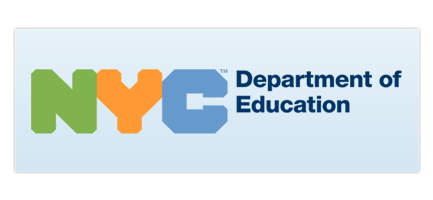Mathematical Practice/Focus of the Month

Mathematical Practice/Focus of the Month
2022-2023 Schedule at a Glance

September/October, 2022
“Make sense of problems and persevere in solving them!”
- Explain to themselves the meaning of a problem and looking for entry points to its solution.
- Analyze givens, constraints, relationships, and goals.
- Make conjectures about the form and meaning of the solution attempt.
- Consider analogous problems, and try special cases and simpler forms of the original problem.
- Monitor and evaluate their progress and change course if necessary.
- Transform algebraic expressions or change the viewing window on their graphing calculator to get information.
- Explain correspondences between equations, verbal descriptions, tables, and graphs.
- Draw diagrams of important features and relationships, graph data, and search for regularity or trends.
- Use concrete objects or pictures to help conceptualize and solve a problem.
- Check their answers to problems using a different method.
- Ask themselves, “Does this make sense?”
- Understand the approaches of others to solving complex problems.

November, 2022
“Reason abstractly and quantitatively!”
- Make sense of quantities and their relationships in problem situations.
- decontextualize (abstract a given situation and represent it symbolically and manipulate the representing symbols as if they have a life of their own, without necessarily attending to their referents and
- contextualize (pause as needed during the manipulation process in order to probe into the referents for the symbols involved).
- Use quantitative reasoning that entails creating a coherent representation of quantities, not just how to compute them
- Know and flexibly use different properties of operations and objects.
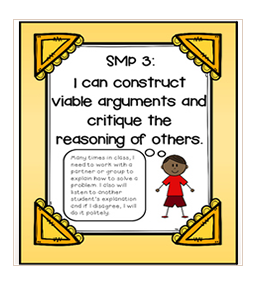
December, 2022
“Construct viable arguments and critique the reasoning of others!”
- Understand and use stated assumptions, definitions, and previously established results in constructing arguments.
- Make conjectures and build a logical progression of statements to explore the truth of their conjectures.
- Analyze situations by breaking them into cases
- Recognize and use counterexamples.
- Justify their conclusions, communicate them to others, and respond to the arguments of others.
- Reason inductively about data, making plausible arguments that take into account the context
- Compare the effectiveness of plausible arguments
- Distinguish correct logic or reasoning from that which is flawed
- elementary students construct arguments using objects, drawings, diagrams, and actions.
- later students learn to determine domains to which an argument applies.
- Listen or read the arguments of others, decide whether they make sense, and ask useful questions
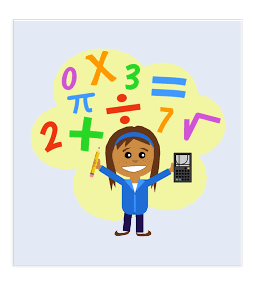
January, 2023
“Model with mathematics!”
- Apply the mathematics they know to solve problems arising in everyday life, society, and the workplace.
- In early grades, this might be as simple as writing an addition equation to describe a situation. In middle grades, a student might apply proportional reasoning to plan a school event or analyze a problem in the community.
- By high school, a student might use geometry to solve a design problem or use a function to describe how one quantity of interest depends on another.
- Simplify a complicated situation, realizing that these may need revision later.
- Identify important quantities in a practical situation
- Map their relationships using such tools as diagrams, two-way tables, graphs, flowcharts and formulas.
- Analyze those relationships mathematically to draw conclusions.
- Interpret their mathematical results in the context of the situation.
- Reflect on whether the results make sense, possibly improving the model if it has not served its purpose.
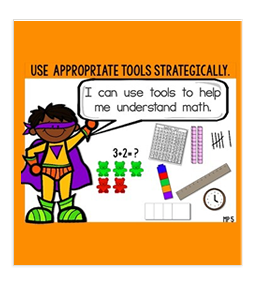
February, 2023
“Use appropriate tools strategically!”
- Consider available tools when solving a mathematical problem.
- familiar with tools appropriate for their grade or course to make sound decisions about when each of these tools
- Detect possible errors by using estimations and other mathematical knowledge. Know that technology can enable them to visualize the results of varying assumptions, and explore consequences.
- Identify relevant mathematical resources and use them to pose or solve problems. • Use technological tools to explore and deepen their understanding of concepts.
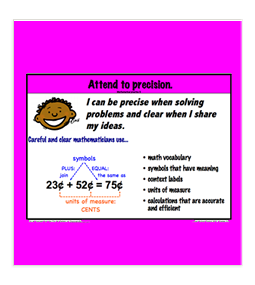
March, 2023
“Attend to precision!”
- Try to communicate precisely to others.
- Use clear definitions in discussion with others and in their own reasoning.
- State the meaning of the symbols they choose, including using the equal sign consistently and appropriately.
- Specify units of measure and label axes to clarify the correspondence with quantities in a problem.
- Calculate accurately and efficiently, express numerical answers with a degree of precision appropriate for the context.
- In the elementary grades, students give carefully formulated explanations to each other. In high school, students have learned to examine claims and make explicit use of definitions.
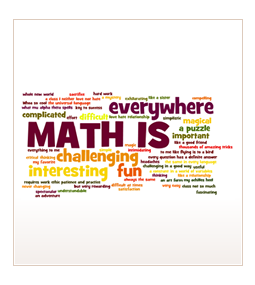
April, 2023
“Look for and make use of structure!”
- Look closely to discern a pattern or structure.
- Young students might notice that three and seven more is the same amount as seven and three more.
- Later, students will see 7 x 8 equals the well-remembered 7 x 5 + 7 x 3, in preparation for the distributive property.
- In the expression x2 + 9x + 14, older students can see the 14 as 2 x 7 and the 9 as 2 + 7.
- Step back for an overview and can shift perspective.
- See complicated things, such as some algebraic expressions, as single objects or composed of several objects.
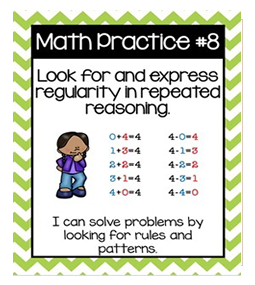
May/June, 2023
“Look for and express regularity in repeated reasoning!”
- Notice if calculations are repeated
- Look both for general methods and for shortcuts.
- Maintain oversight of the process, while attending to the details.
- Continually evaluate the reasonableness of intermediate results.


